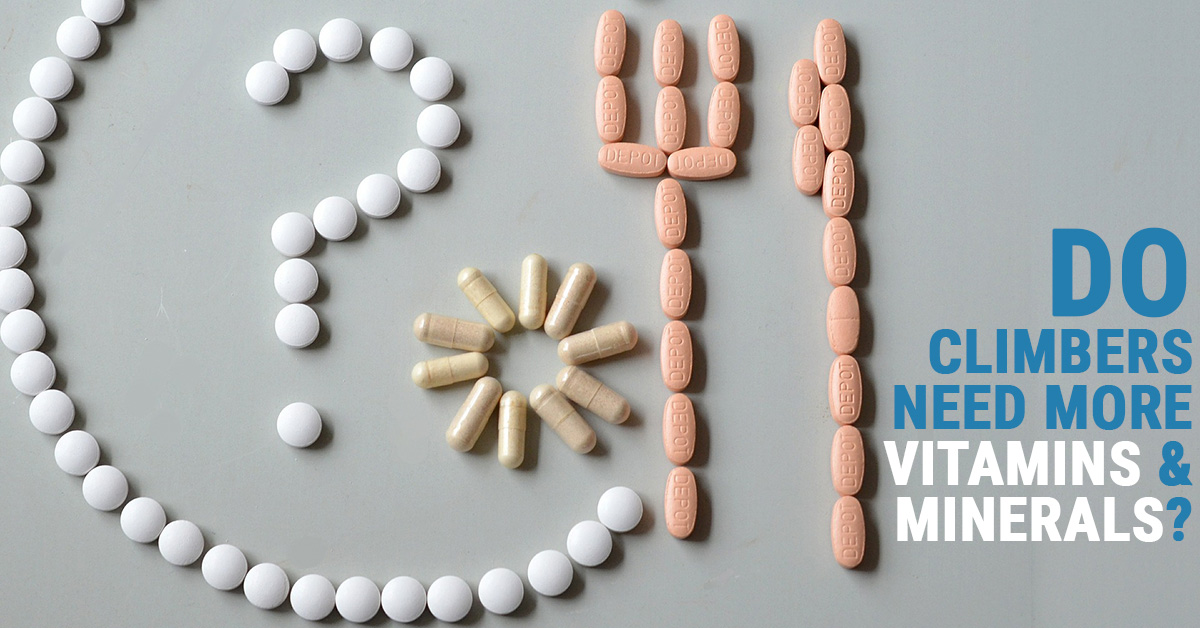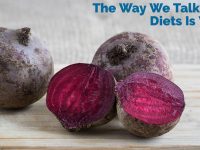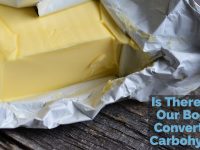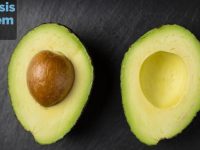There is a surprisingly common notion in the world of sport that athletes have higher requirements for certain vitamins and minerals. At some point, someone even dreamed up a “performance daily intake” (or PDI), which is meant to replace the RDA for active individuals.
To cut to the chase, this idea is 99% false (and the PDI is 100% pseudoscience). By and large, climbers and athletes at large do not have greater needs for vitamins and minerals—but there are possibly a few climbers should keep an eye on.
First, though, let’s examine why we wouldn’t expect most micronutrient requirements to be higher for athletes.
The RDA Measures Total Adequacy, Not Minimum
The first reason some people believe athletes would benefit from extra vitamins and minerals is a fundamental misunderstanding of how the RDA (recommended daily allowance) works. Many people believe the RDA measures the minimum amount of a nutrient you need to survive, but the reality is that the RDA measures the maximum amount necessary to 100% support all the known functions for that nutrient (for 97.5% of people). That means when you meet the RDA—and you’re in the bottom 97.5% of people—you can gain no more benefit by increasing intake further.
Furthermore, the RDA also takes into account the various factors that may increase a person’s need for a nutrient. For example, many people of Mediterranian or Hispanic descent (and to a lesser degree Caucasians as well) are homozygous for the MTHFR C677T genotype, which increases their need for folate. This is anticipated by the RDA, though, and the established RDAs are sufficient to keep even those special cases replete in the nutrient.
As a subpopulation, athletes are far more common than any particular genotype that may increase need—and the RDAs have been established at a level where nearly everyone, regardless of their special circumstances, can expect to be fully nourished. And when we discover that an RDA is inappropriate (based on new science), we change it, which is exactly what happened in 2000 with vitamin C based on accumulated science and the recommendations of nutrition scientists.
No Benefit to Supplementation
Even more damning than a misunderstanding about the RDA is the fact that no well-done study has ever demonstrated any single vitamin or mineral to be ergogenic outside of a deficiency or insufficiency. In other words, for all athletes with adequate diets (and with adequacy being determined by the RDA), no vitamin or mineral has any performance-boosting effect.
I link here to a couple studies on multivitamins only because they’re a sort of “best bang for your buck” research review, not because there aren’t studies on individual nutrients. If a multivitamin—which presumably has every vitamin and mineral commonly touted as performance-boosting like the B vitamins and antioxidant vitamins A, C, and E—cannot demonstrate any ergogenic effect, it’s unlikely any single ingredient in the mixture is going to either.
In some cases, boosting micronutrient intake may actually harm your performance. The big one of late is antioxidant supplementation (notably vitamins C and E), which was shown to decrease post-exercise training adaptations. A second example is how niacin (vitamin B3) can block the release of fat from adipose tissue and force the muscle to rely more heavily on limited muscle glycogen.
Long story short, no vitamin increases performance when consumed in levels above and beyond the RDA, and some vitamins actually harm you or your goals. Thus, there is no good reason to believe athletes should increase their intake.
Food Is Enough
The final point I’d like to make on why climbers really don’t need to increase their micronutrient intake is that micronutrient intake ramps up linearly with food intake—and even though I don’t think most climbers eat enough to fully support performance in their sport, they still probably eat more than the typical sedentary person (okay, maybe not the typical sedentary American, but the typical sedentary person who otherwise eats healthy). This means they’re likely already eating in excess of the RDA for most vitamins and minerals, and there’s little reason to believe they’d need to boost intake even further.
The bottom line is that food is plenty to meet your needs, and even if athletes (or climbers specifically) have greater needs for any nutrient, we can expect those needs to be fully met by a relatively good diet. It doesn’t even need to be a perfect diet, or we’d see hospital admissions left and right for acute deficiencies—it just needs to be decent, with some daily fruits, vegetables, whole grains, legumes, roots, nuts, seeds, meat, seafood, etc. That’s it!
The Exceptions
Alright, I promised at the beginning that there may be a few exceptions, so I’ll finish up by stating them. By now, you’ve hopefully realized that these exceptions will truly be that—exceptional, either in circumstance or nature. They’re definitely not the sort of problem that makes you step back and wonder whether this has been your problem all along, so I’m sorry for that. The truth is those sorts of revelations are few and far between in science-based nutrition!
The first exception some climbers should be aware of is iron. You may already know that women, vegans, and vegetarians are already at risk of deficiency due to either increased loss of iron or decreased absorption, but risk for these groups may be even higher depending on the methods and tendencies of their climbing.
Specifically, climbers who are prone to bruising or who frequently impact with the rock (with their feet or otherwise) may have increased hemolysis—breakdown of the red blood cells. It’s unlikely to be a problem for most climbers, and even those who are frequently seen flailing into stone walls aren’t necessarily at increased risk unless they’re also vegan/vegetarian, female, or both. Basically, hemolysis is just one risk factor; the more risk factors you have, the more prudent it would be to get your iron level checked.
The second exception is sodium. As I’ve stated numerous times before, climbers tend to have healthier-than-average diets, which is great! What’s less great is that those healthy diets can be sodium-poor, and hours of sweating in the sun and on the stone can lead to significant losses of sodium; for heavy sweaters and hot days, as much as 10 grams or more (that’s over 6x the AI). You need to replace that sodium, or you risk hyponatremia—so if you don’t eat a lot of processed foods (hopefully you don’t), then don’t be afraid of the salt shaker. Shake to your heart’s content!
There’s really no further exception. So be mindful about how much salt you’re eating, and if you’re a 25-year-old female vegan who loves taking whippers, then you might want to monitor your iron as well.
Edit: 10/18/2015
Forgot to mention the usuals here: vitamin B12 for vegans and vitamin D for those who do not get regular sunlight and during the winter for those who live outside the tropics (your best bet is to geta 25-hydroxyvitamin D test, though, so you know whether you need to supplement at all and how much). Neither is specific to climbers (or athletes in general), but good to mention!















We usually camp overnight, so I’ll make dinner and take leftovers.
Typical lunches are:
Quinoa with chill lemon/lime juice, salt and pepper (this keeps it good for days even in the heat)
In a separate container:
Roast vege including sweet potato, carrots, pumpkin, kale etc roasted with whole garlic and cumin seeds and coriander. Chickpeas.
seeds (linseeds, pumpkin seeds)- mix together at the crag (if you keep them separate you can have them over two days).
Sometimes we eat this in a wrap with avocadoe (or just on it’s own).
Homemade nutballs:
Soaked blended dates, brazil nuts, almond meal, hazelnut meal, chia seeds, cocoa nibs, dusted with cocoa powder (sometime with other things like gobi berries)
Bananas (are a MUST)
Extra nut bars or nuts, and sometime pears.
All very delicious, and I get hassled from being gourmet (until I share and then no one complains)…